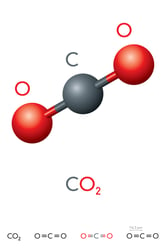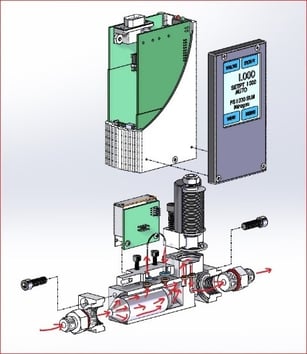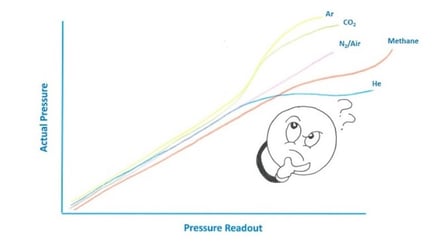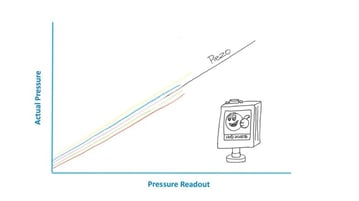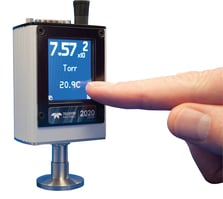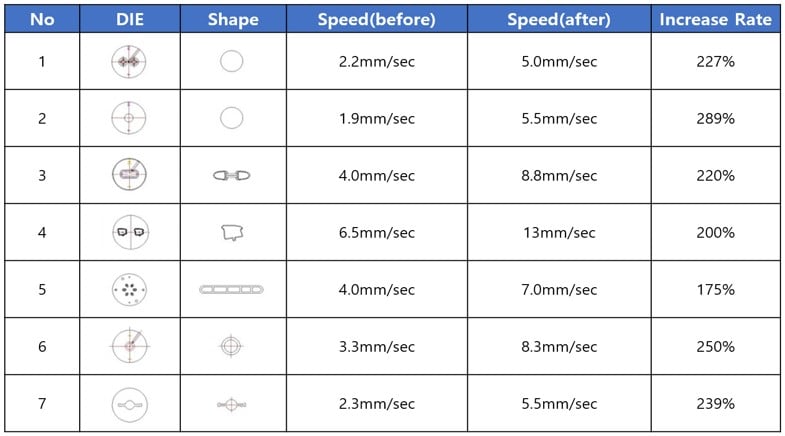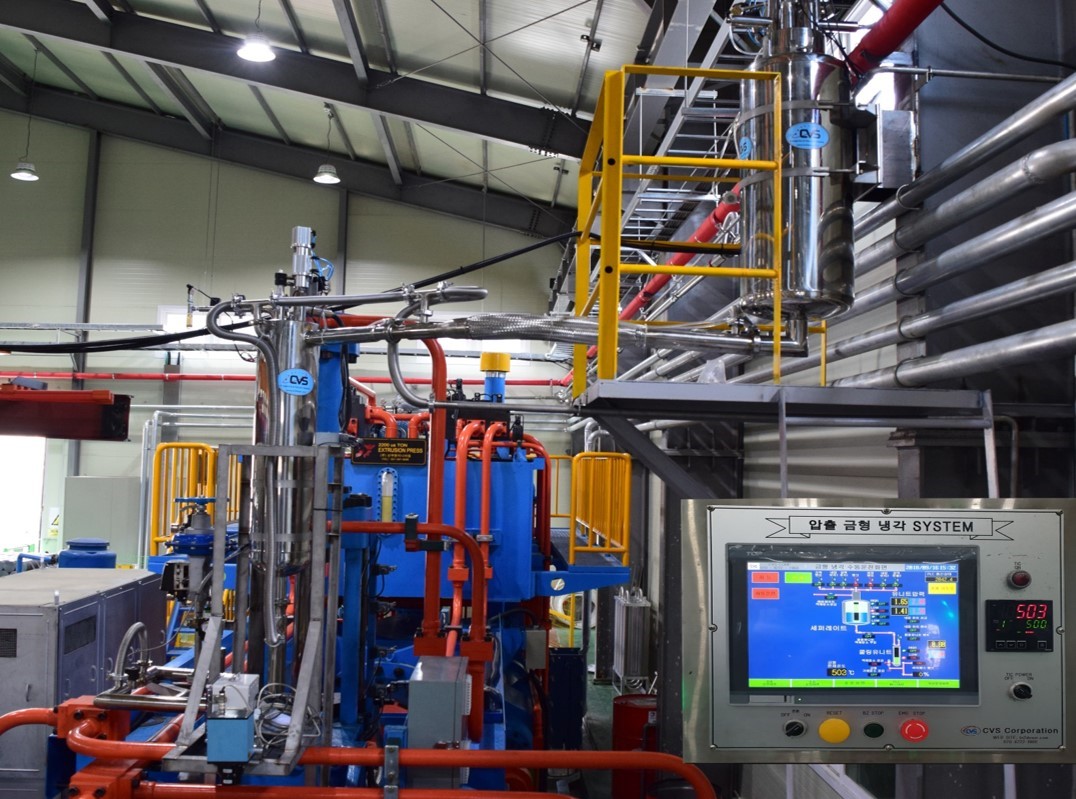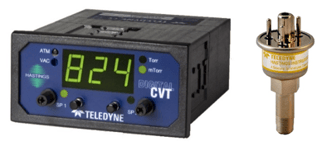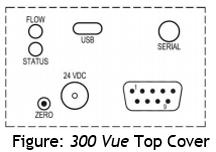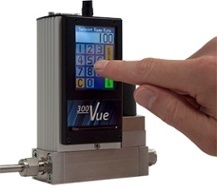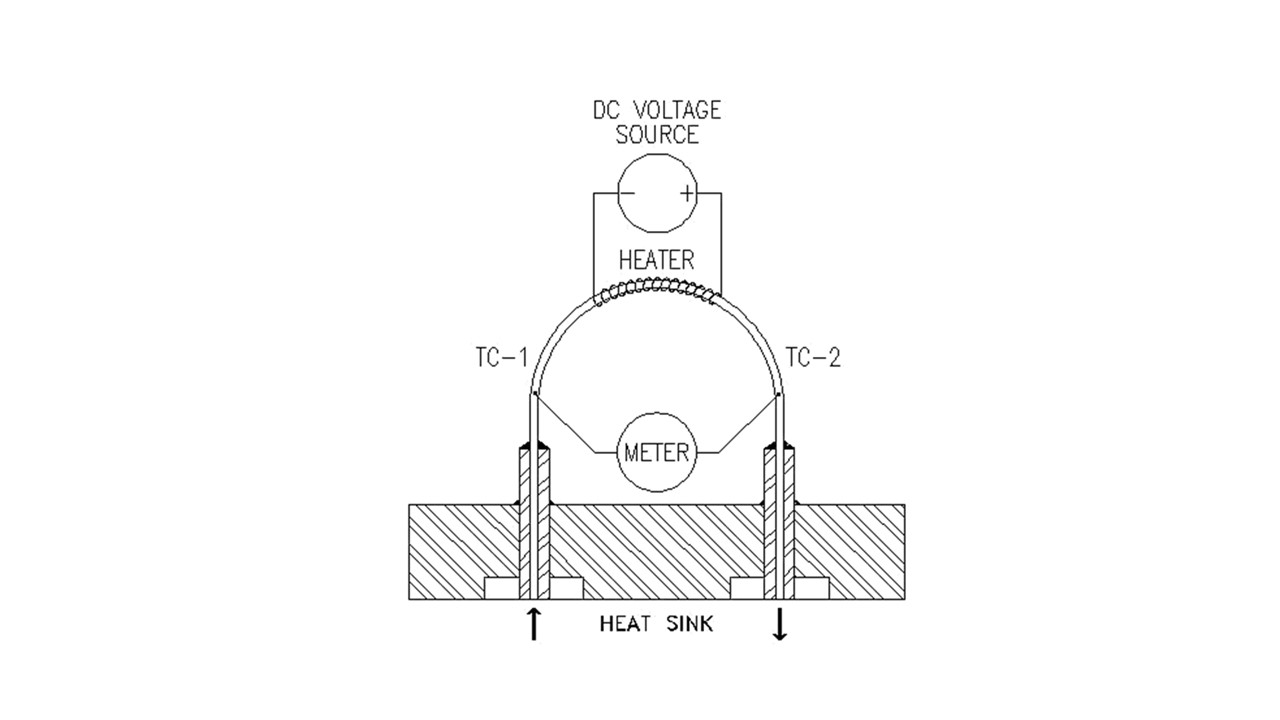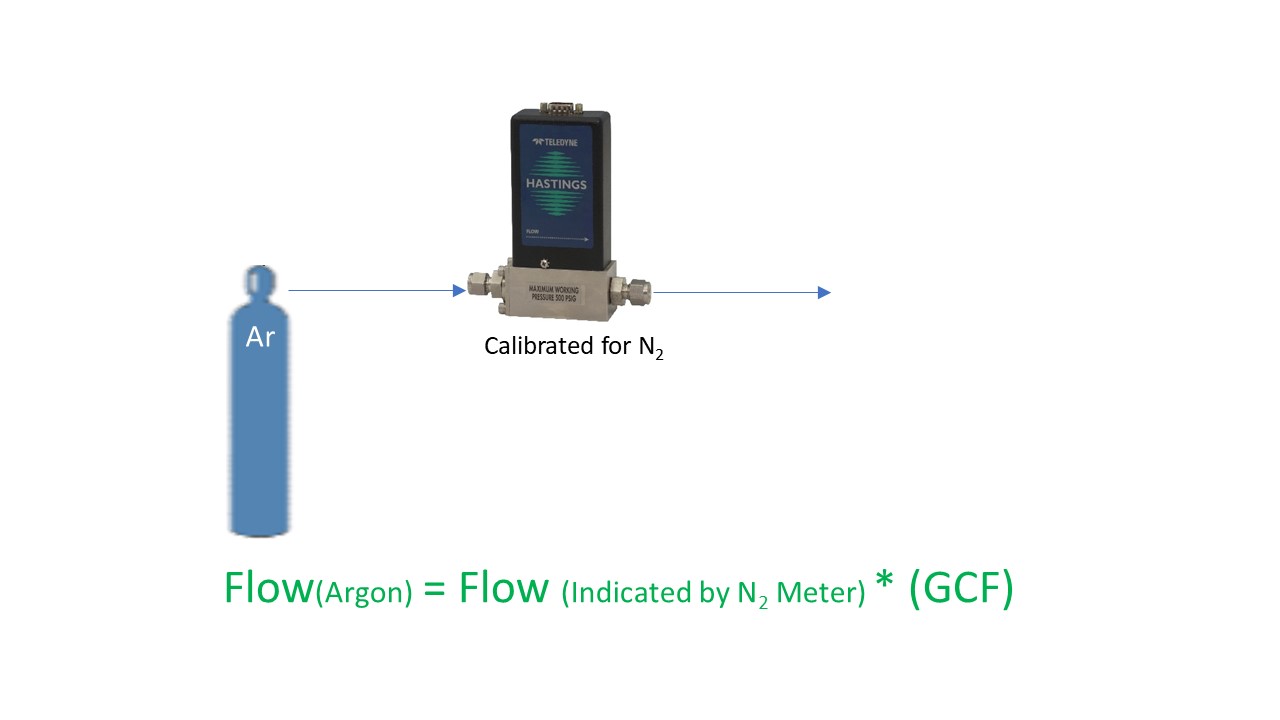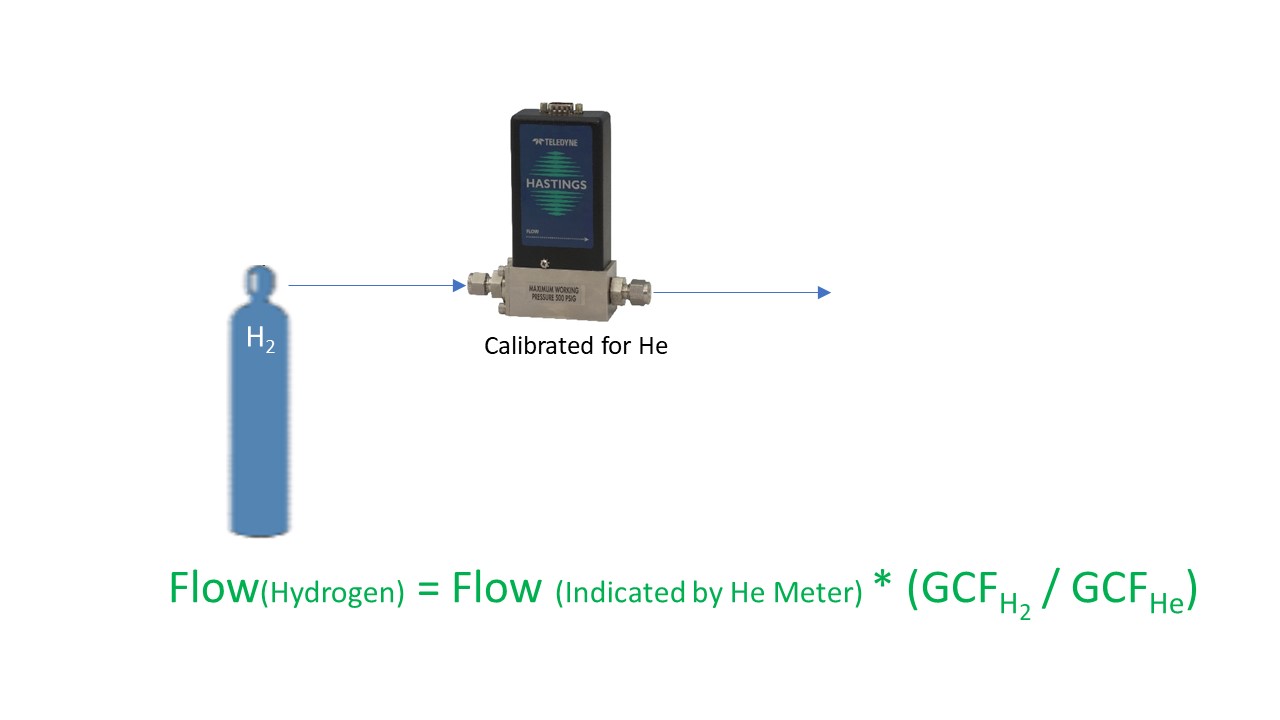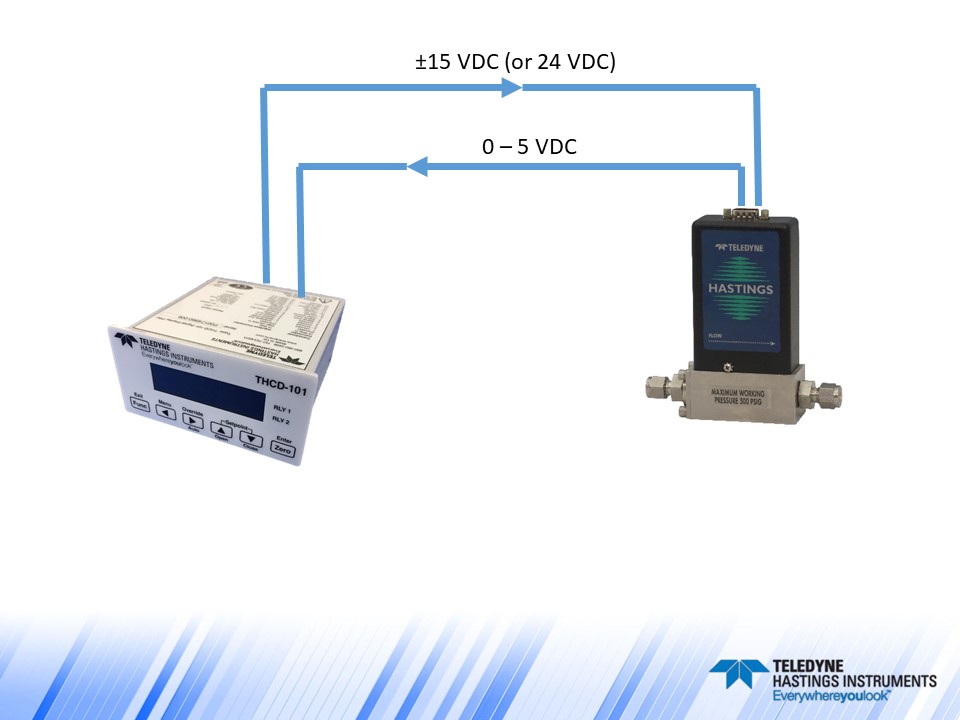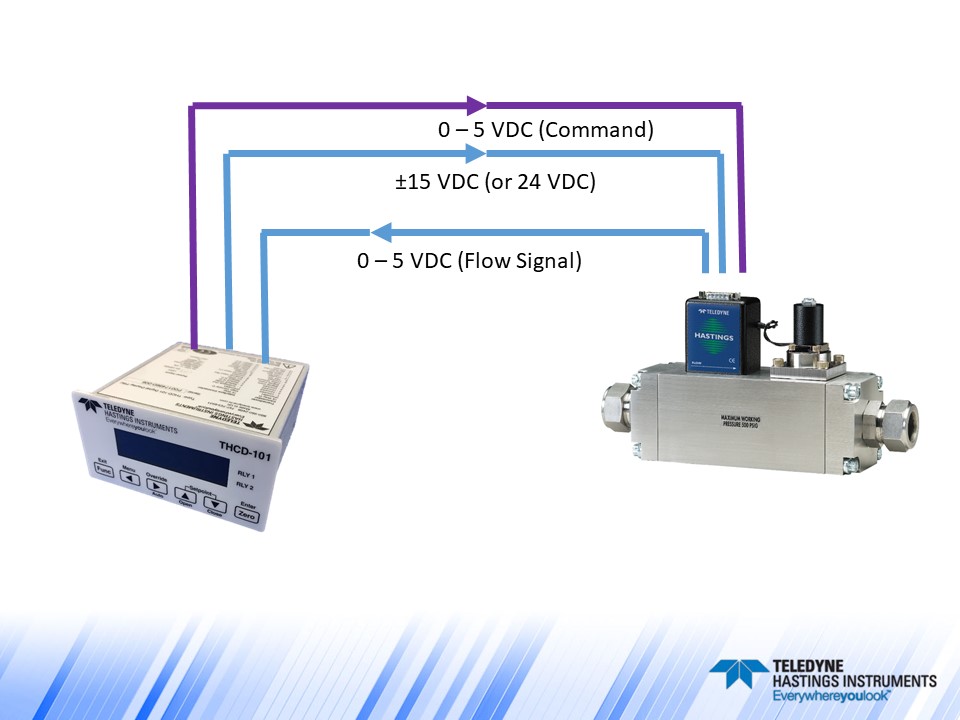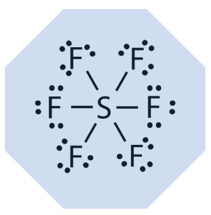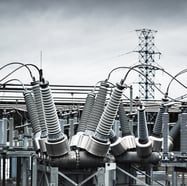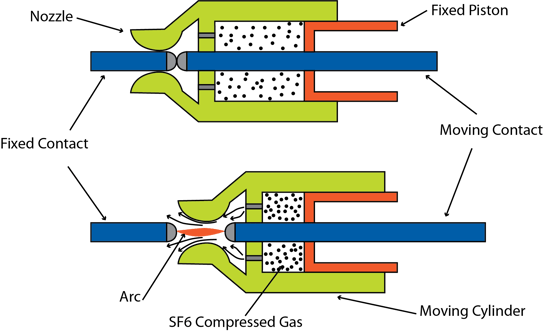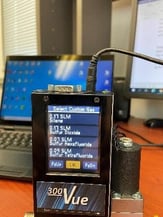 This blog is the next installment in a series focusing on industrial gases. The first blog featured SF6 and can be found here: http://info.teledyne-hi.com/blog/sulfur-hexafluoride-gas-sf6 . The second blog focused on carbon dioxide (CO2): https://info.teledyne-hi.com/blog/carbon-dioxide-co2 . Now we will take a look at Argon.
This blog is the next installment in a series focusing on industrial gases. The first blog featured SF6 and can be found here: http://info.teledyne-hi.com/blog/sulfur-hexafluoride-gas-sf6 . The second blog focused on carbon dioxide (CO2): https://info.teledyne-hi.com/blog/carbon-dioxide-co2 . Now we will take a look at Argon.
Argon (Ar) makes up just under 1% (0.93%) of the composition of air. Argon is odorless, tasteless, and has no color. It is a member of the noble gases. Science Notes (sciencenotes.org ) gives an interesting history of the term, “Noble gas”:
The term “noble gas” comes from a translation of the German word Edelgas, which means noble gas. German chemist Hugo Erdmann coined the phrase in 1898. Like a nobleman might consider it undignified to associate with commoners, noble gases tend not to react with other elements.
In any case, noble gases such as Argon are found in the right-hand column of the periodic table which means they have completed valence shells. The noble gases are generally monatomic and are mostly inert. The word “argon” comes from the Greek word “argos” which, according to Webster’s dictionary, means “idle, lazy.” This definition makes sense because Argon gas is quite unreactive and rarely forms compounds.
Because of its inert behavior, Argon gas has many uses. One of the most popular is the use of Argon as a cover gas when welding. A flow of Argon can provide an inert environment which prevents oxidation of welds and also allows the welder to have a more stable arc.
Argon is also used in the medical field. Argon plasma coagulation can be used to control tissue bleeding by injecting a jet of ionized argon gas. Also, since the physical probe does not have to actually touch the lesion, the procedure can be safer than other techniques. In ophthalmology, Argon lasers can be used to treat issues with the retina.
Many homes have double-pane windows filled with Argon gas. Argon provides better insulation than air because it allows less convection between the windowpanes. And because Argon is inert, it prevents deterioration of the window materials.
In lighting, an Argon glow discharge provides a pleasant purple-blue color. And in tungsten incandescent bulbs, a small amount of Argon is used to extend the bulb’s life.
Argon can also be used when making wine. In the wine’s casket or barrel, above the wine, is the headspace. Filling the headspace with Argon gas protects against oxidation and spoilage.
We could keep going in this blog and list many more applications. But we will stop this list with reference to a blog that we wrote back in 2018. The Emancipation Proclamation is stored in a double-paned encasement, designed by scientists at NIST, that that is mostly filled with Argon. You can read more here: https://info.teledyne-hi.com/blog/how-monitoring-instrumentation-is-helping-preserve-the-emancipation-proclamation

And, of course, when you need to measure Argon flow or vacuum levels with Argon, Teledyne Hastings is ready to help. Our flow instruments are able to measure and control flows from a few sccm (standard cubic centimeter per minute) up to several thousand slm (standard liters per minute).
Teledyne vacuum gauges are very good selection for use in Argon. The HVG-2020B (Click Here) is an excellent choice for measuring Ar from below 1 mTorr up to atmosphere. Convection driven pirani vacuum gauges, when used with gases other than N2/air can have curious behavior as can be seen in the cartoon below.
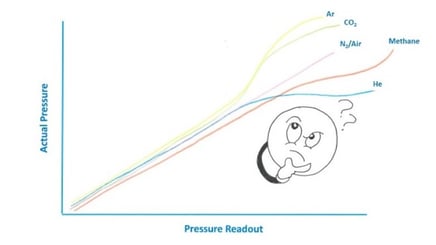
The HVG-2020B vacuum gauge uses a gas-independent piezoresitive sensor that does not rely on convection affects and provides a more linear response to Argon across the entire measurement range.
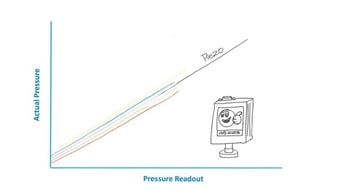
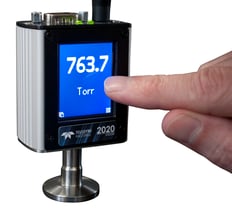
If you would like more information about either the 300 Vue mass flow meters or controllers, or any of our vacuum gauges including the HVG-2020B, you can talk to any of our application engineers at 757-723-6531, email hastings_instruments@teledyne.com, or LiveChat with us at www.teledyne-hi.com
Special thanks to Lawrence Ferbee from the stockroom for his cartooning skills. If you would like to see Lawrence in action as he draws, check out our HVG-2020B video:
https://www.youtube.com/watch?v=_Bk3Q7SpSUc


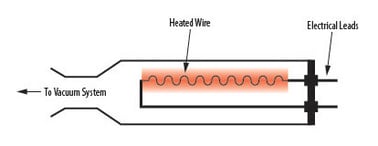 A Pirani vacuum gauge contains a heated component, such as a wire or thin-film membrane (see figure on right), which is brought to an elevated temperature, typically through the use of a bridge circuit. As changes in gas molecular density occur, the transfer of heat from the wire to the gas is affected. This heat loss is dependent on gas type and pressure, and the amount of energy required to keep the wire at temperature varies accordingly. Consequently, the amount of energy is dependent on vacuum pressure and can be converted to a pressure value.
A Pirani vacuum gauge contains a heated component, such as a wire or thin-film membrane (see figure on right), which is brought to an elevated temperature, typically through the use of a bridge circuit. As changes in gas molecular density occur, the transfer of heat from the wire to the gas is affected. This heat loss is dependent on gas type and pressure, and the amount of energy required to keep the wire at temperature varies accordingly. Consequently, the amount of energy is dependent on vacuum pressure and can be converted to a pressure value.
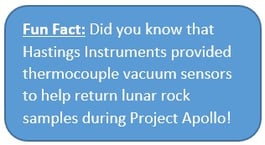

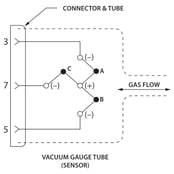



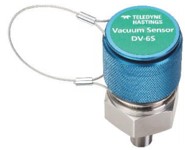
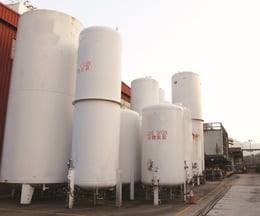 There are numerous, diverse vacuum applications and different vacuum systems can require specific thermocouple vacuum gauge tubes. At the most basic level, vacuum systems can be installed in a variety of environments including outdoor with exposure to weather elements, indoor industrial and laboratory conditions in which exceptionally high cleanliness standards are required.
There are numerous, diverse vacuum applications and different vacuum systems can require specific thermocouple vacuum gauge tubes. At the most basic level, vacuum systems can be installed in a variety of environments including outdoor with exposure to weather elements, indoor industrial and laboratory conditions in which exceptionally high cleanliness standards are required. March is Women’s History Month and this year we’d like to focus on Mary Hastings, one of the key founders of Hastings Instruments. Mary Comstock graduated from William & Mary with a degree in physics with minors in math and chemistry. She was truly a pioneer in many ways. After college, she took a job as a “computer” at NACA (National Advisory Committee for Aeronautics) in Hampton, Virginia. There, Mary met Charles Hastings, a young engineer who had his office across the hall from her. The two were married in 1940.
March is Women’s History Month and this year we’d like to focus on Mary Hastings, one of the key founders of Hastings Instruments. Mary Comstock graduated from William & Mary with a degree in physics with minors in math and chemistry. She was truly a pioneer in many ways. After college, she took a job as a “computer” at NACA (National Advisory Committee for Aeronautics) in Hampton, Virginia. There, Mary met Charles Hastings, a young engineer who had his office across the hall from her. The two were married in 1940.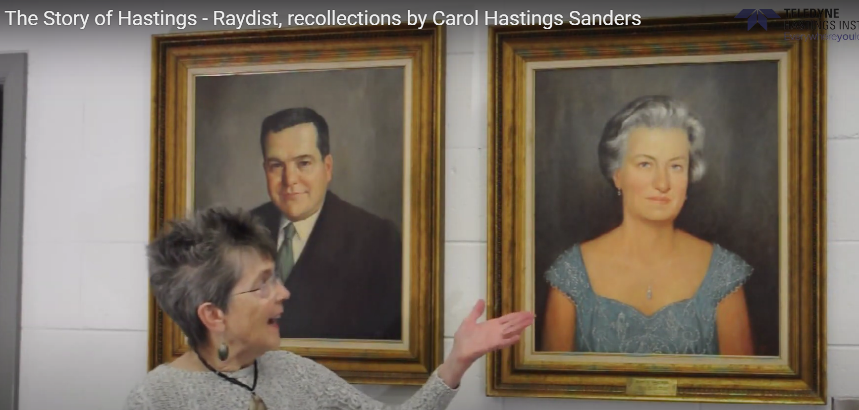
 Happy Valentine’s Day 2021
Happy Valentine’s Day 2021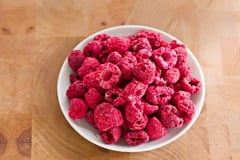 Freeze drying, also known as lyophilization, is a process in which water molecules are removed from biological cells without damaging the cell structure. For starters, the product to be freeze-dried is chilled and the water inside is completely frozen (i.e. placed in the solid state). Next, the pressure is reduced using vacuum pumps and the water molecules sublimate – that is, water goes from the solid phase directly to the gas phase.
Freeze drying, also known as lyophilization, is a process in which water molecules are removed from biological cells without damaging the cell structure. For starters, the product to be freeze-dried is chilled and the water inside is completely frozen (i.e. placed in the solid state). Next, the pressure is reduced using vacuum pumps and the water molecules sublimate – that is, water goes from the solid phase directly to the gas phase.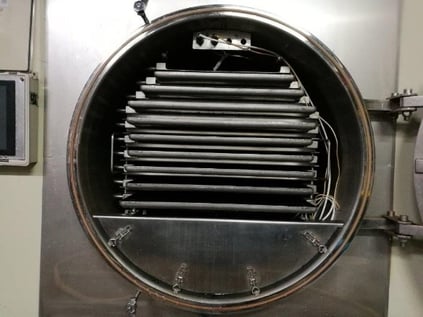 View inside commercial freeze-drier
View inside commercial freeze-drier